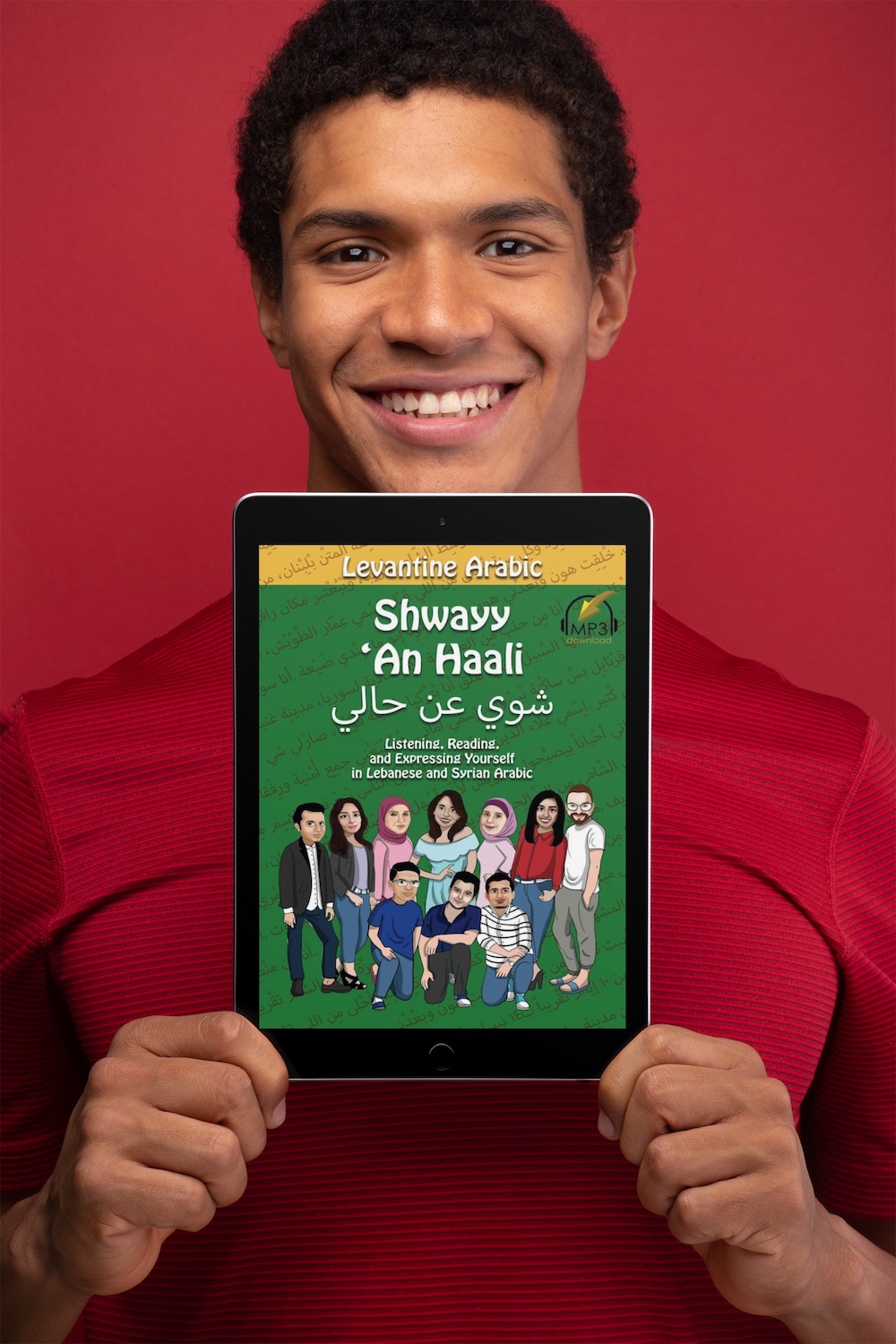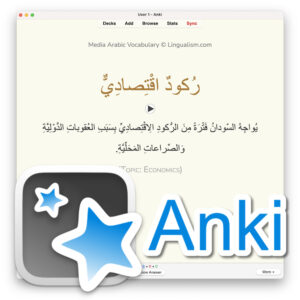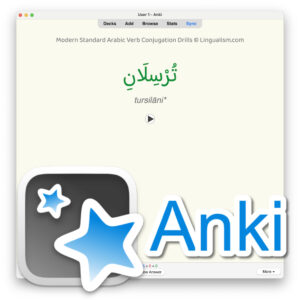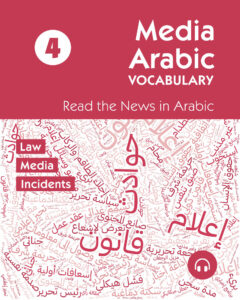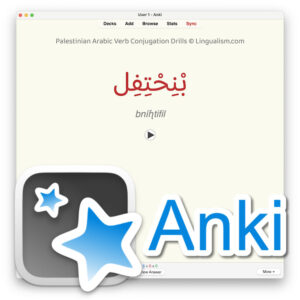 The sections are numbered, but that does not mean you have to do them in order. Sections do not build on previous sections, and words and phrases found in each section are given even if they appear in other sections. That said, if you are a beginner, you will want to do sections 1-10 first, as these lay out even the most basic words (pronouns, prepositions, conjunctions), which are sometimes excluded from the other sections.
The sections are numbered, but that does not mean you have to do them in order. Sections do not build on previous sections, and words and phrases found in each section are given even if they appear in other sections. That said, if you are a beginner, you will want to do sections 1-10 first, as these lay out even the most basic words (pronouns, prepositions, conjunctions), which are sometimes excluded from the other sections.
- Each section begins with a question presented in the masculine singular form, as is the norm on surveys.
- The feminine form appears below in the glossary area, marked with ♀. On the audio tracks, you will hear both the masculine and feminine versions of the question.
- The MSA translation of the question is marked with M.
- Vocabulary from the question.
- Vocabulary found in more than one response is listed here, before the first response, starting with nouns. Irregular plurals are shown in parentheses.
- Verbs: The base form of the perfect tense is followed by the imperfect form in parentheses. To learn more about conjugation, refer to our book Levantine Colloquial Arabic Verbs.
Other parts of speech follow: adjectives,adverbs, pronouns, particles,prepositions, and conjugations, in that order. - Each response appears next to the speaker’s photograph and name. After each name, L for Lebanon and S for Syria reminds you where the speaker is from. The response appears in Arabic script with voweling (tashkeel), followed by its English translation, its MSA translation marked with M, and vocabulary unique to that response.
Study the responses. Listen to the audio tracks and read the responses. Notice how words are used together. Making note of (or highlighting) groups of words used together in meaningful chunks and memorizing them will help you to produce more natural, idiomatic language. (Note on the audio tracks: There is a 3-second pause between each response—not enough time for you to repeat it, but this should give you time to pause the audio.)
Numbers are generally written as numerals. For help reading numbers, see Appendix B.
 Give your own response. At the end of each section, there is a page where you can practice using words and phrases you have learned. First, write out the question in the “arrow” box. Then write your own personal response to the question. As you can see, there are places for two more responses. Whose? Be creative:
Give your own response. At the end of each section, there is a page where you can practice using words and phrases you have learned. First, write out the question in the “arrow” box. Then write your own personal response to the question. As you can see, there are places for two more responses. Whose? Be creative:
- Interview a native speaker of Levantine Arabic
- Interview your teacher or a classmate.
- Use the questions to talk to
- Levantine Arabic speakers online on a language exchange web site or chat room.
- Interview a friend or family member (in English!), and translate (or paraphrase) their answers into Levantine Arabic.
- Imagine you are interviewing a celebrity or public figure. What might their answers be?
- Use what you know about them, find out more online (Wikipedia, etc.), or just be imaginative.
- Create your own fictional character to answer the questions!
Try your best when answering, but don’t worry about making mistakes. These are part of the learning process. The book Levantine Colloquial Arabic Vocabulary (available from Lingualism) contains additional words and phrases you may want in order to write your responses. You can also use other references, of course, such as a dictionary or native speakers. If you still cannot find the word you are looking for, go ahead and substitute it in your sentence with the Modern Standard Arabic word or even the English translation. Perhaps later you will have an opportunity to improve your responses.
Practice reading. The questions and responses appear again in Append ix C, written without voweling and without the distraction of the phonemic transcriptions, translations, and glossaries. Practice reading them (with or without the audio).
ix C, written without voweling and without the distraction of the phonemic transcriptions, translations, and glossaries. Practice reading them (with or without the audio).
This article was adapted from the How to Use This Book section of the books Shwayy ‘An Haali and Kameen Shwayy ‘An Haali.

